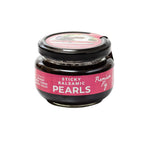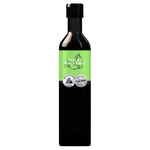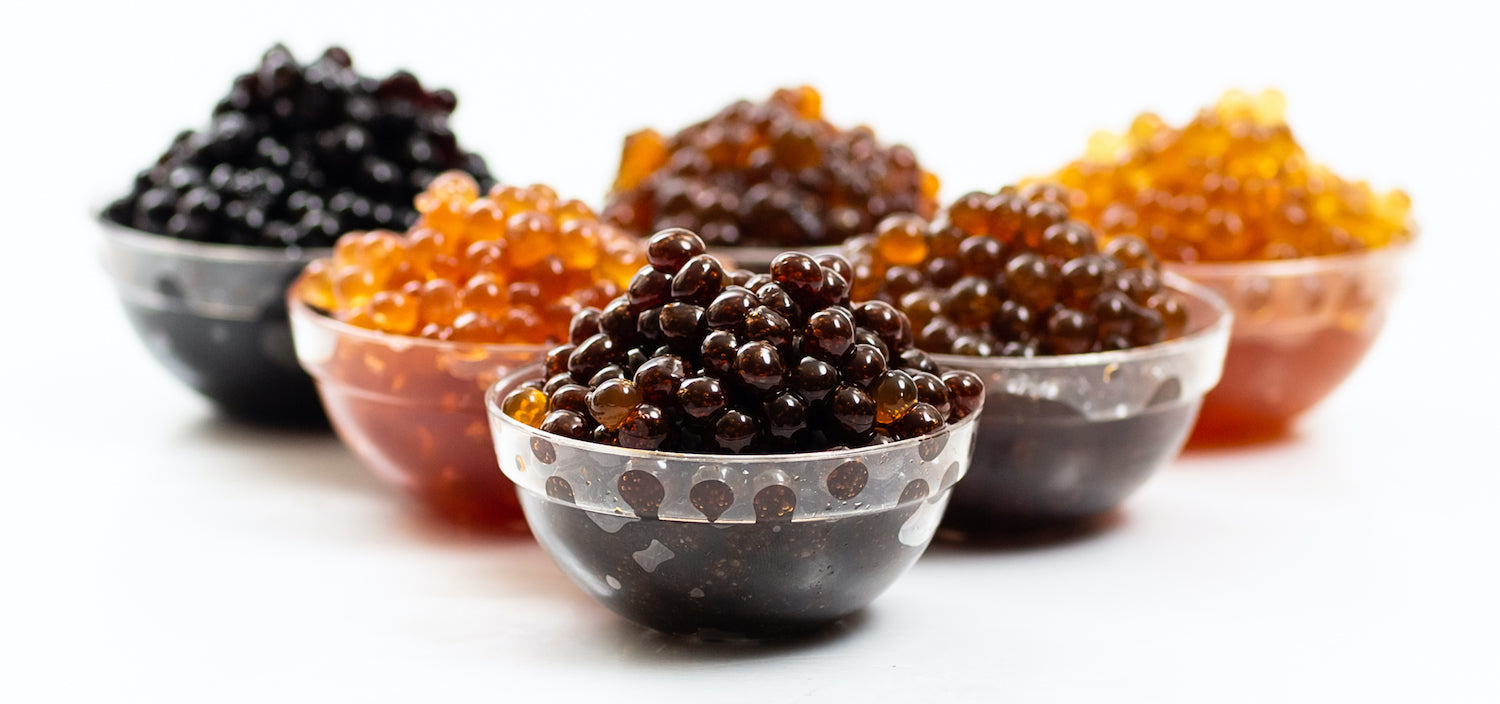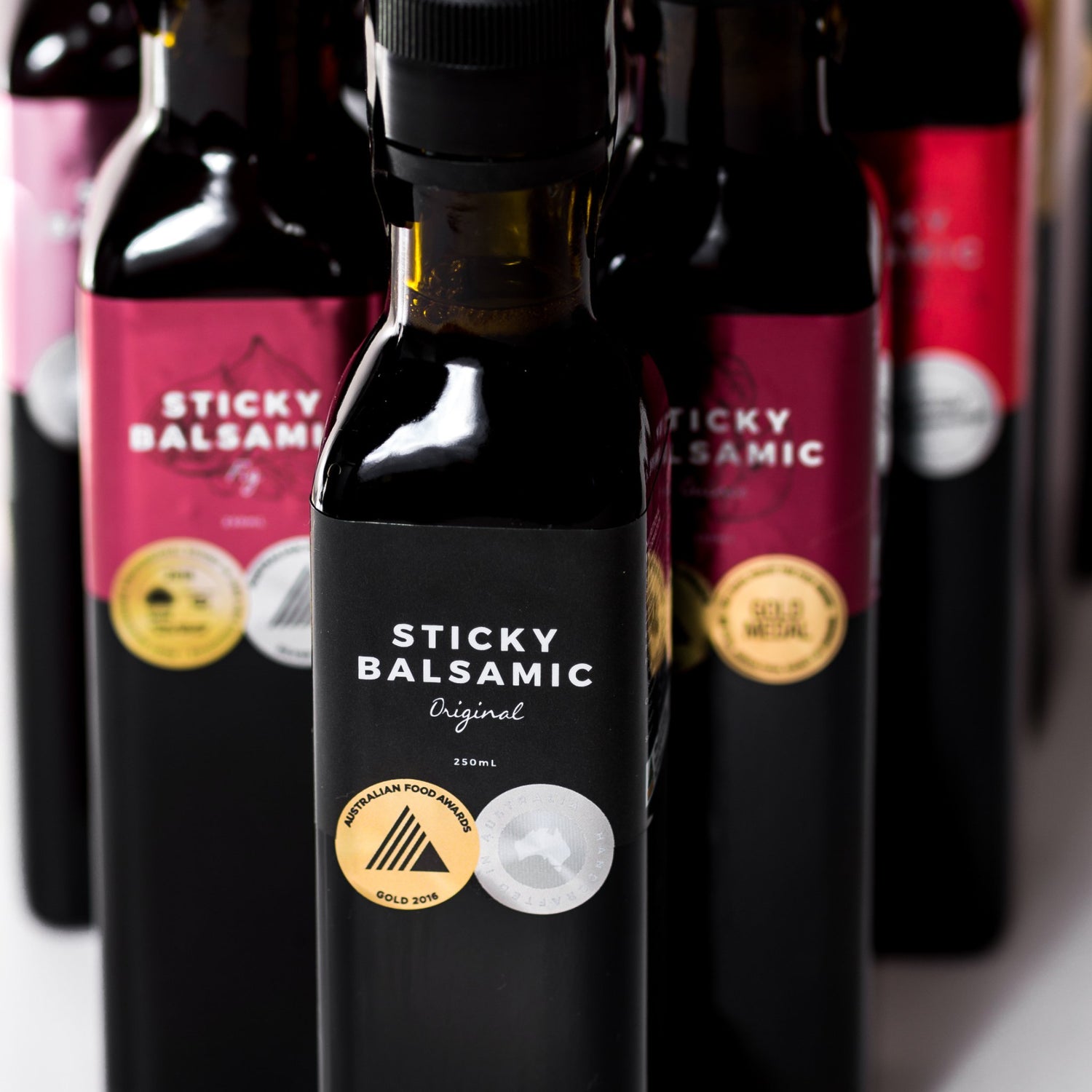Introduction to Balsamic Pearls
What are Balsamic Pearls?
Balsamic pearls, often regarded as miniature bursts of culinary art, are tiny, bead-like spheres encapsulating balsamic vinegar. These gourmet garnishes combine visual sophistication with a delectable explosion of flavor. Unlike traditional liquid vinegar, balsamic pearls offer an innovative way to incorporate the rich and complex taste of balsamic into dishes in a controlled, aesthetically pleasing manner. They are treasured by chefs for their ability to surprise diners with their tangy, sweet essence contained within a seamless, gelatinous shell.
The Origin and History of Balsamic Pearls
Rooted in the gastronomic creativity of modern molecular gastronomy, balsamic pearls originated as an avant-garde technique in the 21st century. Inspired by the traditional production of balsamic vinegar from Modena, Italy, chefs sought to innovate by transforming this age-old condiment into a novel texture. This innovation allows sustenance lovers to enjoy balsamic in a completely new, exciting form, bridging the gap between culinary tradition and cutting-edge cuisine.
Why Use Balsamic Pearls in Culinary Creations?
Employing balsamic pearls in culinary projects not only elevates the visual appeal of dishes but also enhances their palate complexity. These pearls serve as versatile garnish elements capable of complementing both savory and sweet flavors. Whether enhancing a caprese salad or adding zing to fruit sorbets, balsamic pearls offer chefs the freedom to create dishes that stimulate both taste buds and the senses, establishing each meal as a memorable gastronomic experience.
The Science Behind Balsamic Pearls
Understanding Spherification Process
At the heart of balsamic pearls lies the fascinating technique known as spherification. This process involves dripping a balsamic mixture into a calcium bath, where a membrane forms around the liquid droplet, creating a caviar-like bead. Developed by pioneers of molecular gastronomy, spherification succinctly marries chemistry and culinary artistry, transforming fluid into solid pearls that burst with flavor once consumed.
Key Ingredients Used in Making Balsamic Pearls
The creation of balsamic pearls requires a handful of special ingredients to perfect. Apart from high-quality balsamic vinegar, sodium alginate and calcium chloride are quintessential. Sodium alginate, derived from brown algae, serves as the gelling agent while calcium chloride facilitates the spherification process. Together, these ingredients work symbiotically to transform liquid vinegar into visually captivating orbs.
Texture and Flavor Profile of Balsamic Pearls
Balsamic pearls boast a delicate, jelly-like exterior that gives way to a voluptuous burst of concentrated flavor. The initial sensation is a harmonious blend of sweet, tart, and umami, which gently disperses to impart a lingering aroma of matured balsamic. This complex yet balanced flavor profile makes balsamic pearls an ideal addition to diverse culinary applications, offering diners a sensory journey with each bite.
Balsamic pearls boast a delicate, jelly-like exterior that gives way to a voluptuous burst of concentrated flavor. The initial sensation is a harmonious blend of sweet, tart, and umami, which gently disperses to impart a lingering aroma of matured balsamic. This complex yet balanced flavor profile makes balsamic pearls an ideal addition to diverse culinary applications, offering diners a sensory journey with each bite.
Crafting Balsamic Pearls at Home
Essential Equipment and Ingredients
Creating balsamic pearls at home is an endeavor that requires specific tools and materials. Home chefs should equip themselves with a syringe or pipette for precise droplet formation, a fine strainer, and mixing bowls. Key ingredients include high-quality balsamic vinegar, sodium alginate, calcium chloride, and cold water. With these, you can embark on making your own exquisite balsamic pearls to embellish your culinary creations.
Step-by-Step Guide to Making Balsamic Pearls
Begin by blending sodium alginate with balsamic vinegar until fully dissolved. Allow the mixture to rest to remove air bubbles. In a separate bowl, dissolve calcium chloride in cold water to form the spherification bath. Use a syringe to slowly drip the balsamic mixture into the bath, forming pearls. Once set, carefully rinse pearls in a cold water bath to remove any residual calcium. Drain and use immediately or store them in the refrigerator for later use.
Common Mistakes and How to Avoid Them
One typical error is hasty droplet formation, leading to misshapen or uneven pearls. To avoid this, ensure a steady hand and consistent spacing while dripping. Another pitfall is neglecting to eliminate air bubbles, which can result in unstable pearls. Patience during the resting phase of the balsamic solution is paramount. Lastly, thorough rinsing in a secondary water bath is crucial.
Culinary Applications of Balsamic Pearls
Enhancing Salads and Appetizers
Balsamic pearls transform ordinary salads into visual and gastronomic masterpieces. The pearls' vibrant sheen and rich flavor accentuate the freshness of greens and the creaminess of cheeses like mozzarella or burrata. When added to appetizers, they lend a touch of sophistication, harmonizing with elements like smoked meats, seafood, and roasted vegetables to deliver a balanced prelude to main courses.
Gourmet Main Course Pairings
Main courses become elevated experiences when embellished with balsamic pearls. Elevate roasted meats, grilled fish, or seared tofu with these pearls, where the contrast between the warm dish and the bursting beads introduces a delightful textural and taste interplay. The refined integration of flavors adds an unexpected yet welcome dimension to classic and contemporary mains alike.
Desserts That Shine with Balsamic Pearls
On the sweet end of the spectrum, balsamic pearls are a revelation. Their tart-sweet burst pairs beautifully with creamy panna cottas, indulgent chocolate ganaches, or fruity sorbets. By weaving a complex narrative of flavors, these pearls invite connoisseurs to explore innovative dessert creations that challenge traditional norms while satisfying sweet cravings.
Balsamic Pearls in Beverages
Expand your culinary horizon by incorporating balsamic pearls into beverages. Craft artisanal cocktails or mocktails where the pearls provide a surprising note of acidity and sweetness. Whether infusing a classic like a gin tonic or innovating fresh fruit smoothies, balsamic pearls introduce an element of intrigue, crafting memorable drinks that delight and captivate.
The Aesthetic Appeal of Balsamic Pearls
Improving Plate Presentation
Beyond taste, balsamic pearls significantly enhance plate presentation. Their lustrous, mirror-like surface captures light attractively, making dishes come alive with elegance. Arranged artfully, they act as focal points, drawing the diner's eye and anticipation toward the feast ahead. This attention to detail elevates the dining experience, blending taste and visual aesthetics seamlessly.
Creative Garnishing Tips
Harness the power of balsamic pearls through creative garnishing. Consider composing abstract shapes or refined lines using the pearls to accentuate dish composition. Play with color contrasts and placements to create visual narratives that captivate the imagination. These efforts not only reflect culinary craftsmanship but also express the chef's personality and vision through a captivating visual story.
The Psychology of Gourmet Dining
The allure of balsamic pearls lies in their contribution to the psychology of gourmet dining. They epitomize luxury and exclusivity, enhancing perceptions of sophistication and artistry. When diners encounter these intriguing components, their expectations and perceptions of value are augmented, enriching the overall dining ambiance with an air of distinction and indulgence.
Conclusion
Summarizing the Impact of Balsamic Pearls in Modern Cuisine
Balsamic pearls symbolize the beautiful confluence of tradition and innovation in modern cuisine. Their unique ability to augment flavor and appearance has firmly planted them in the repertoire of kitchen staples. They demonstrate that culinary excellence is as much about the sensory journey as it is about taste, paving new avenues in the art of dining.
Encouraging Culinary Experimentation with Balsamic Pearls
The versatile and transformative nature of balsamic pearls encourages culinary enthusiasts to explore beyond conventional boundaries. With myriad possibilities in flavor fusion and presentation, chefs and home cooks alike are empowered to experiment boldly. Encouraging this creative exploration enriches the culinary sphere, perpetually evolving the dialogue of food and dining culture for generations to come.










Add a comment